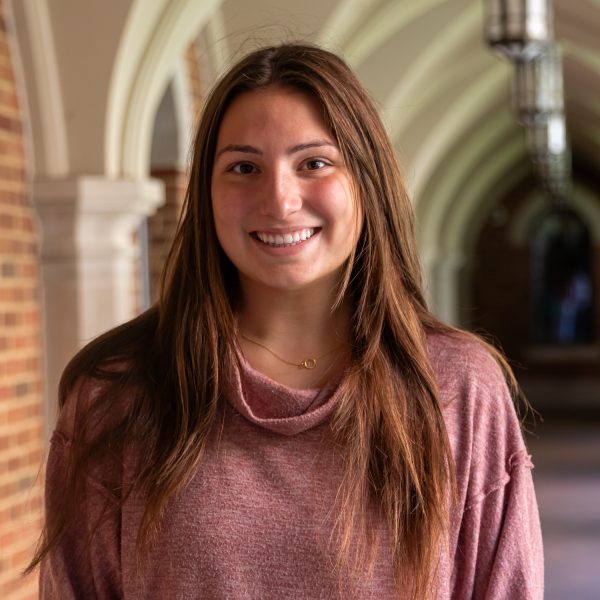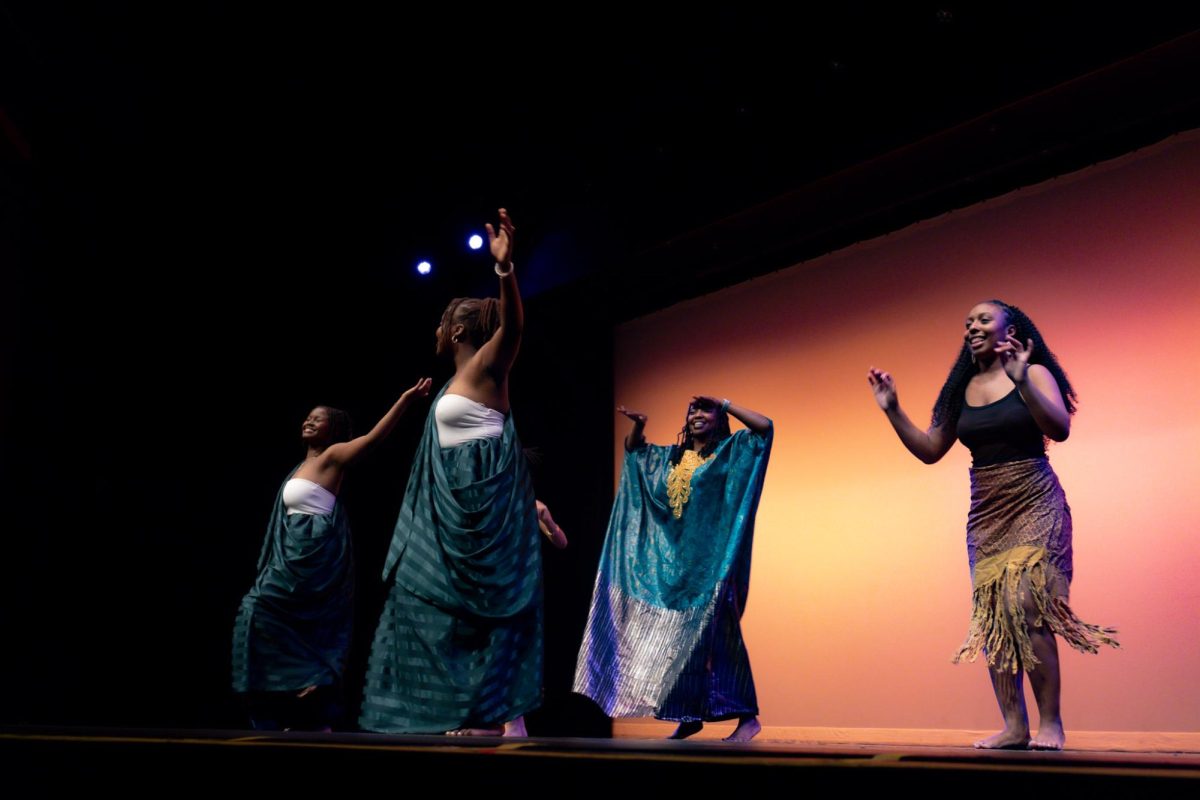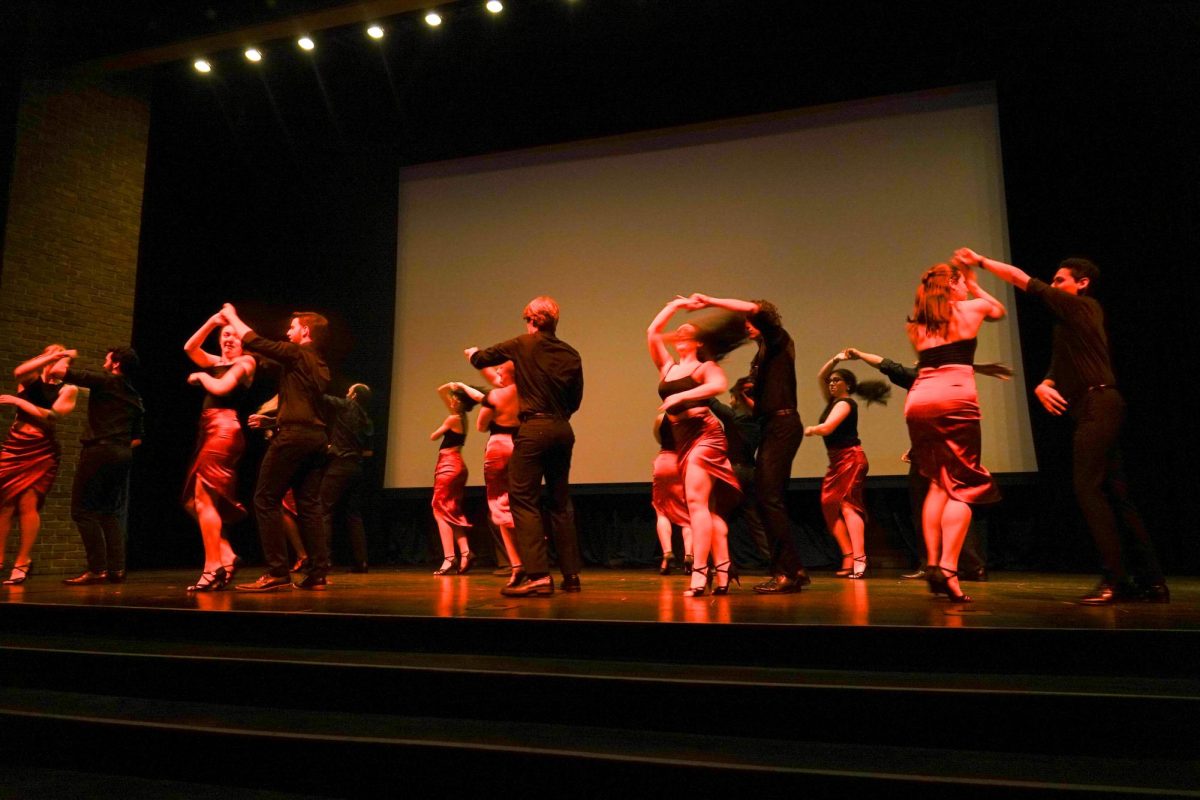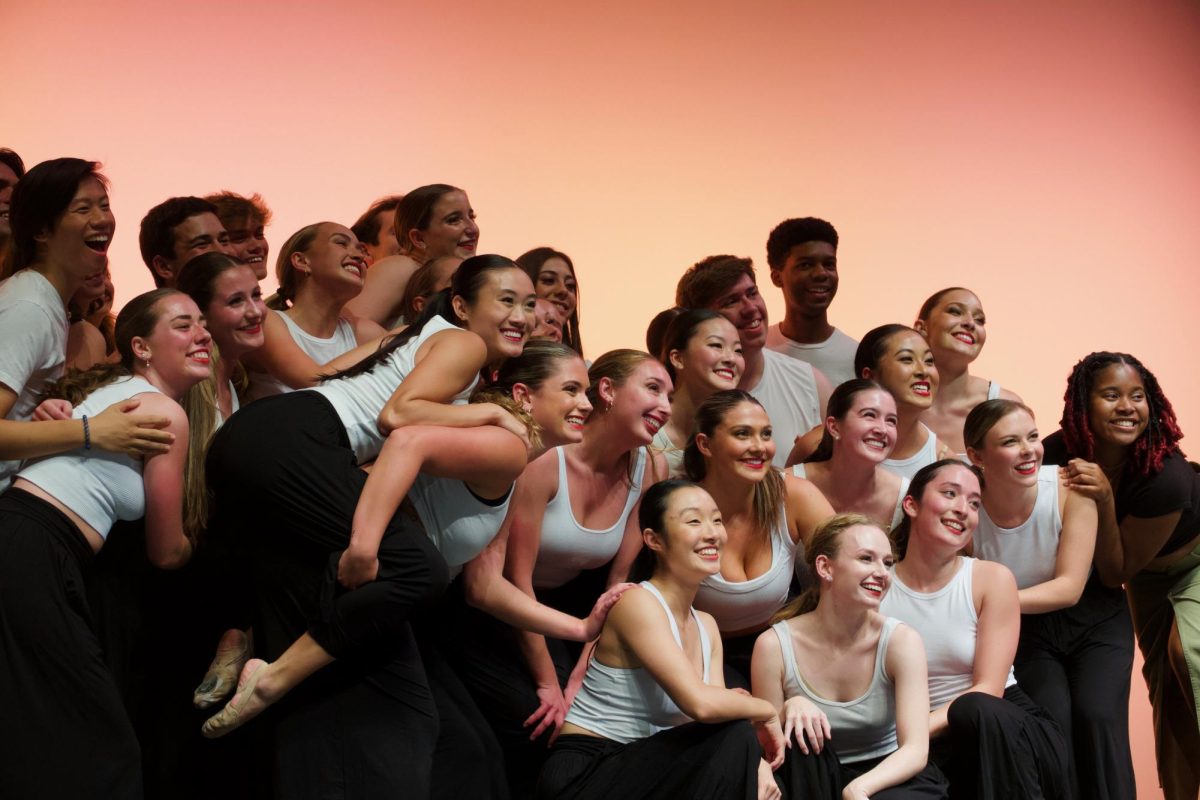Just this past week, Vanderbilt’s campus pulsed with the rhythms of Mexico as Vandy Folklórico presented its first-ever showcase, “Hasta La Raíz” — an evening devoted to celebrating heritage, identity and resilience through folklórico dance.
The event, named after the Spanish phrase meaning “down to the root,” invited students, families and community members to reconnect with culture in a moment of joy, pride and purpose. Through a vibrant collection of performances and traditional fashion, the showcase highlighted Mexico’s regional diversity and the deep history embedded in its dances.
“This is the start of a very special on-campus tradition,” Angelica Harris, one of the showcase chairs, said.
“The show really meant a lot to me. Having several rehearsals a week and being able to teach others a style of dance that I had previously done for 12 years was very rewarding,” Harris said. “Getting to watch my peers also fall in love with this aspect of Mexican culture was very special. I wanted to be a part of the show to showcase and celebrate Mexican traditions that are not commonly recognized, especially in the Nashville area.”

(Retta Nash)
From the fiery footwork of “El Toro Mambo” representing the northwestern state of Sinaloa to the soft elegance of “La Malagueña” from the Veracruz Huasteco región, each dance served as a tribute to the blend of Indigenous, African and European influences that define folklórico. Several dances were performed in pairs, emphasizing the storytelling and communal spirit behind the tradition.
One standout performance featured the music of “banda” — a regional genre from Sinaloa that incorporates brass and woodwinds. Clarinet and saxophone wove their way through a swirl of color and movement, echoing the wave-like “olas” formed by dancers’ dresses in motion.
Beyond dance, the evening also featured a fashion show spotlighting traditional clothing from states like Colima, Yucatán and Nuevo León. Each outfit told its own story — from the bright pink dresses of Colima symbolizing coconut candy to the huipiles of Yucatán, hand-embroidered with floral designs. Notably, senior Angelo Lazaro, who served as a choreographer and stylist, sewed every costume in the show — a testament to the team’s deep personal investment.
The showcase did not shy away from addressing the present moment. In a moving land acknowledgment and speech, the organizers acknowledged the current political climate and emphasized the importance of continuing to uplift Latino voices on campus.
“In the face of adversity, we will continue to speak up, never forget our roots and proudly keep our culture alive,” they shared.
A definite highlight of the night was when the audience’s best “grito” — the iconic high-pitched celebratory yell — shook the room. But perhaps more powerful than any single sound was the collective message: a refusal to let heritage fade and a promise to keep traditions alive, one step at a time.







